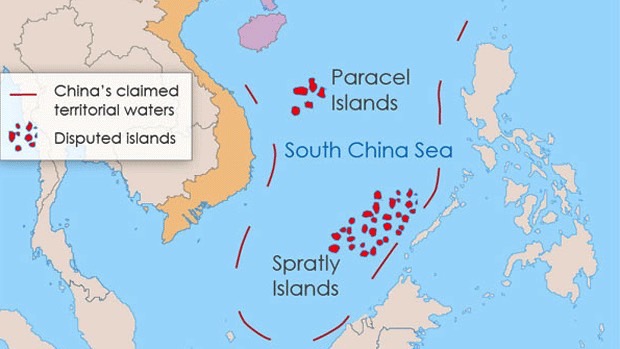The Second Thomas Shoal has been in the news again recently, with the Chinese Coast Guard and Maritime Militia shouldering off Philippine vessels trying to re-supply their outpost – including water cannons smashing windows – in a pattern than is becoming more confrontational. The shoal, known as “Ayungin Shoal” in the Philippines, is part of the Spratley Islands group and sits wholly within the Philippines EEZ, some 120 miles west of Palawan (and 600 miles from China’s nearest coast).


